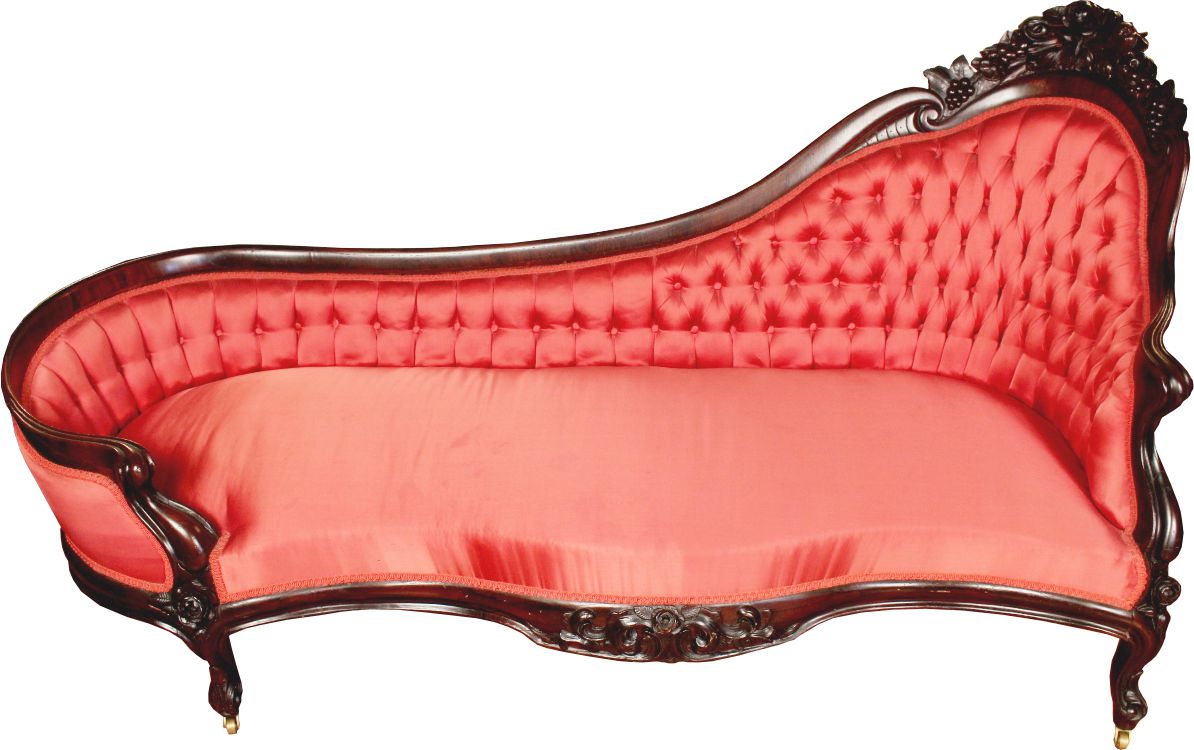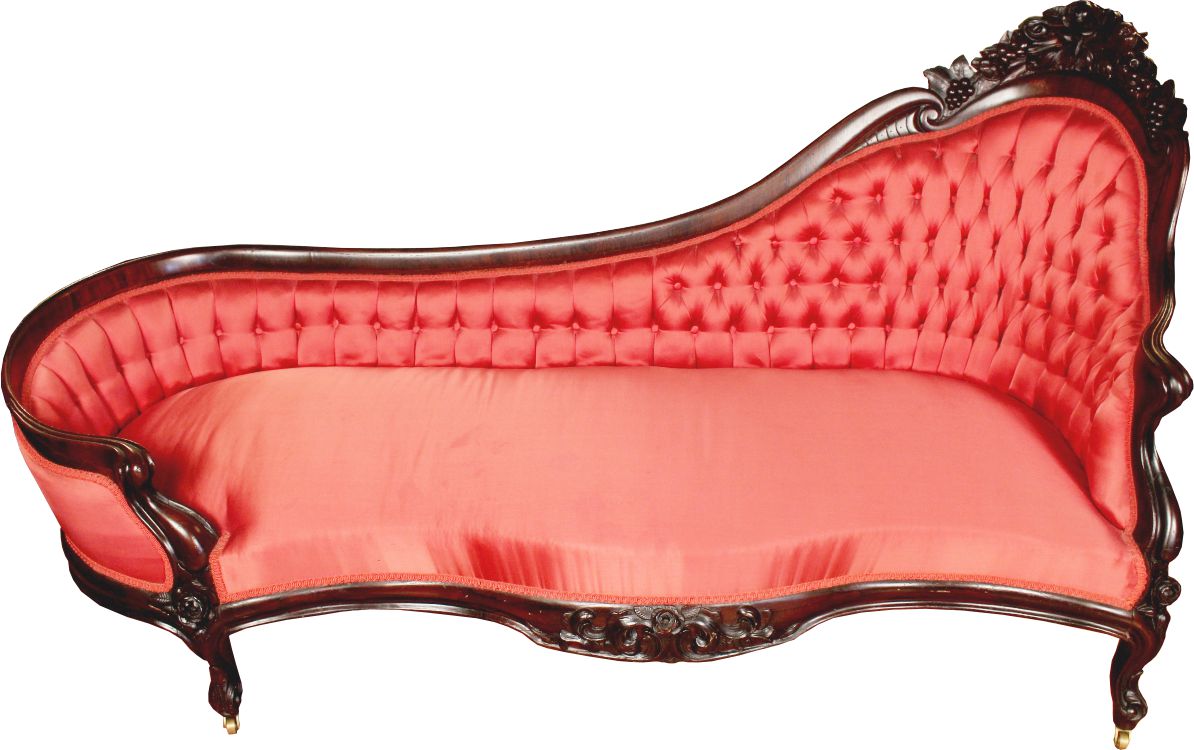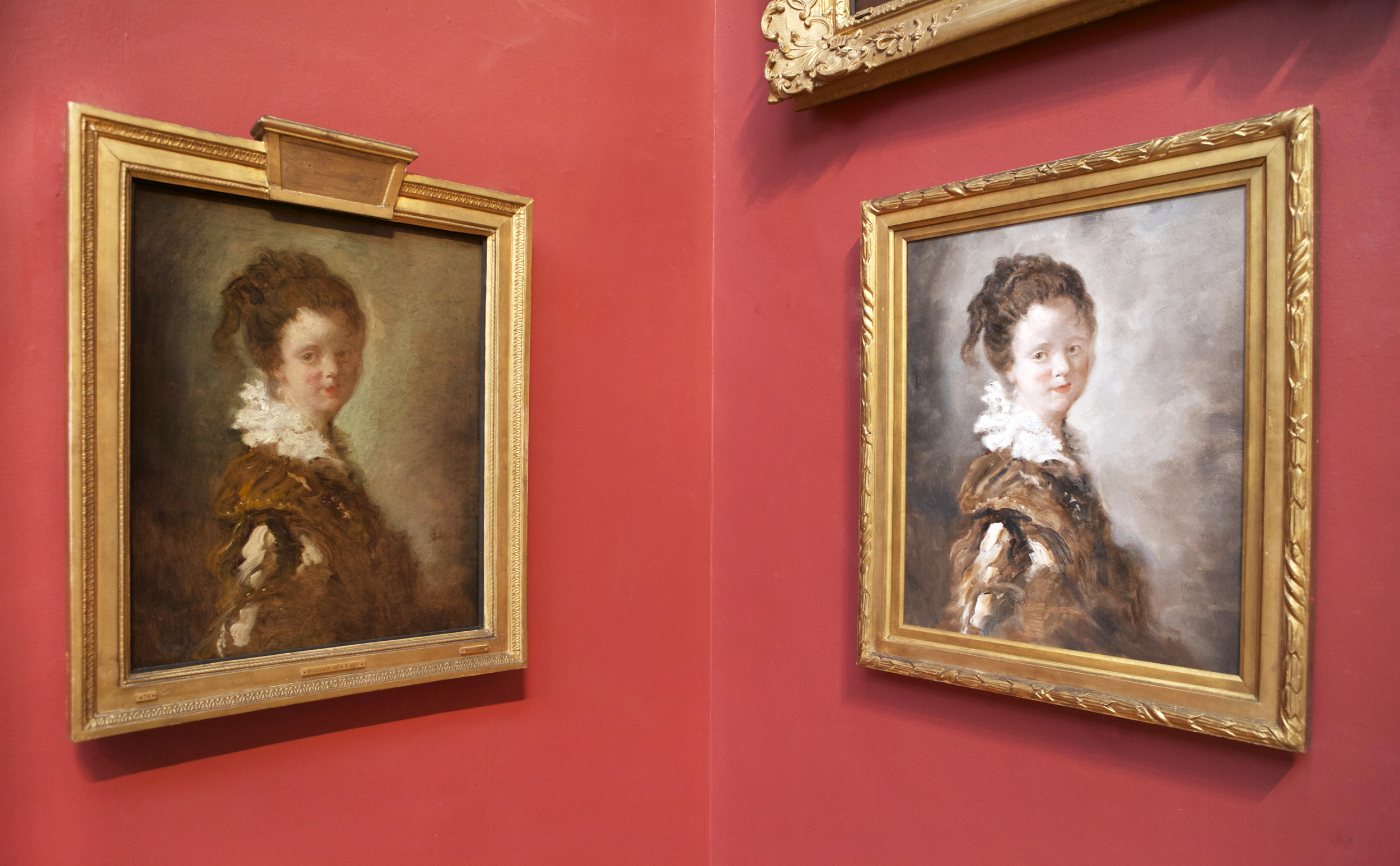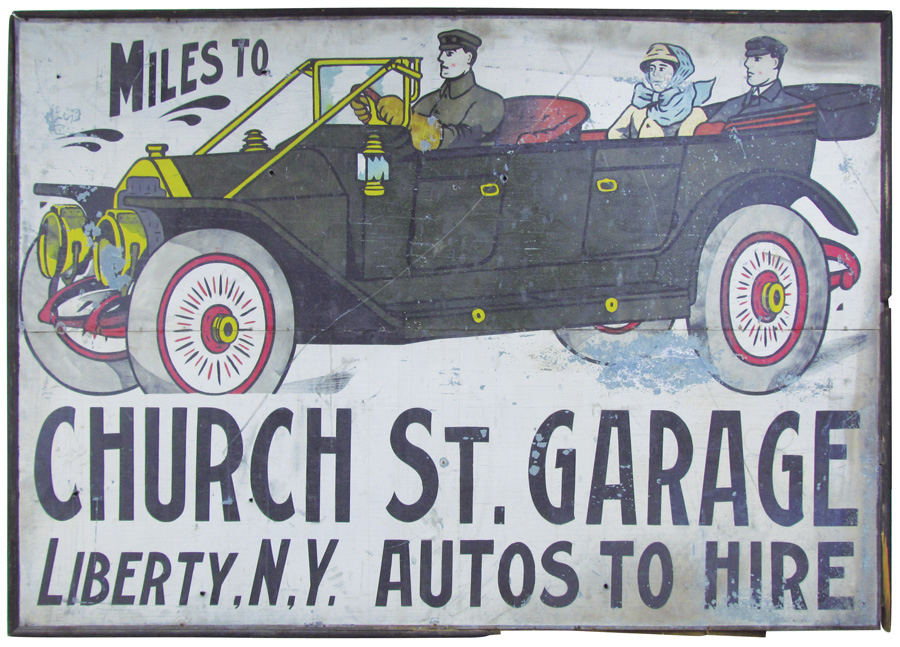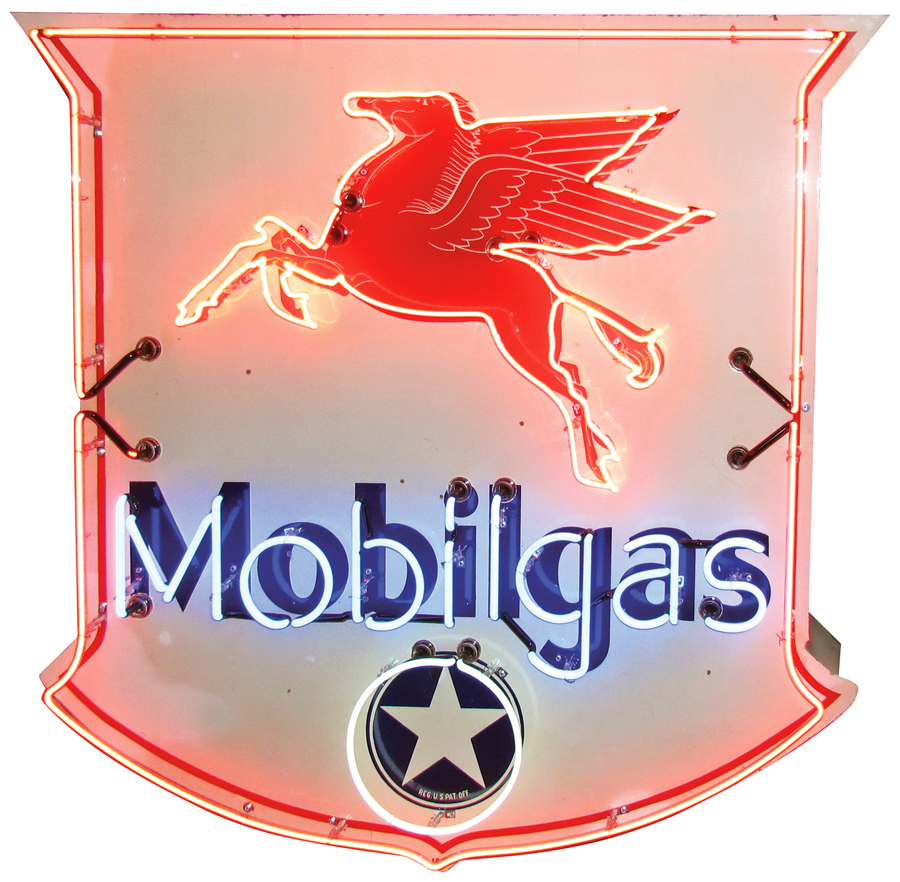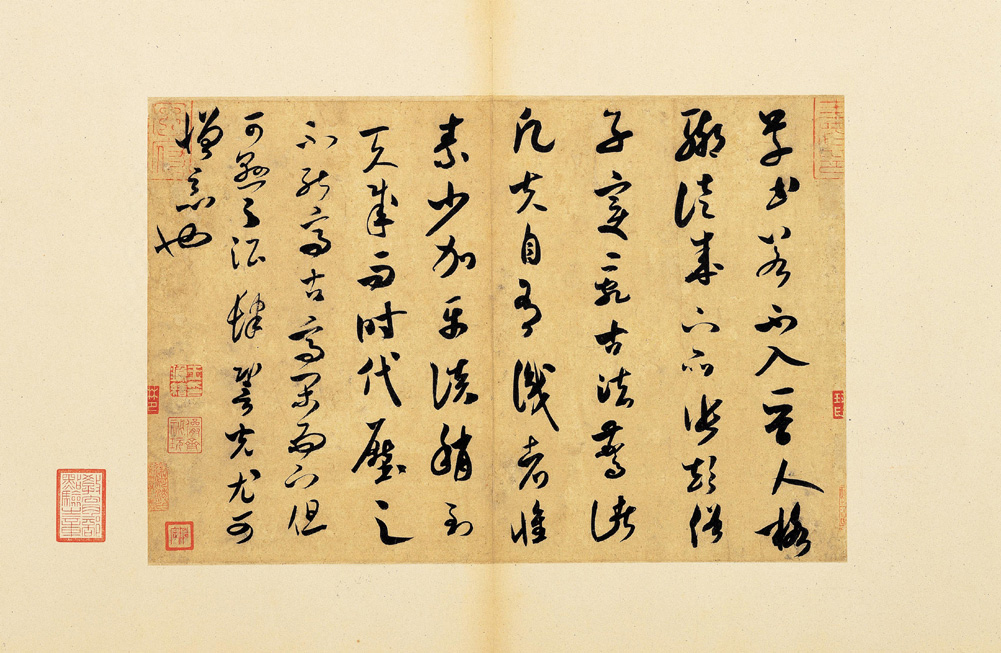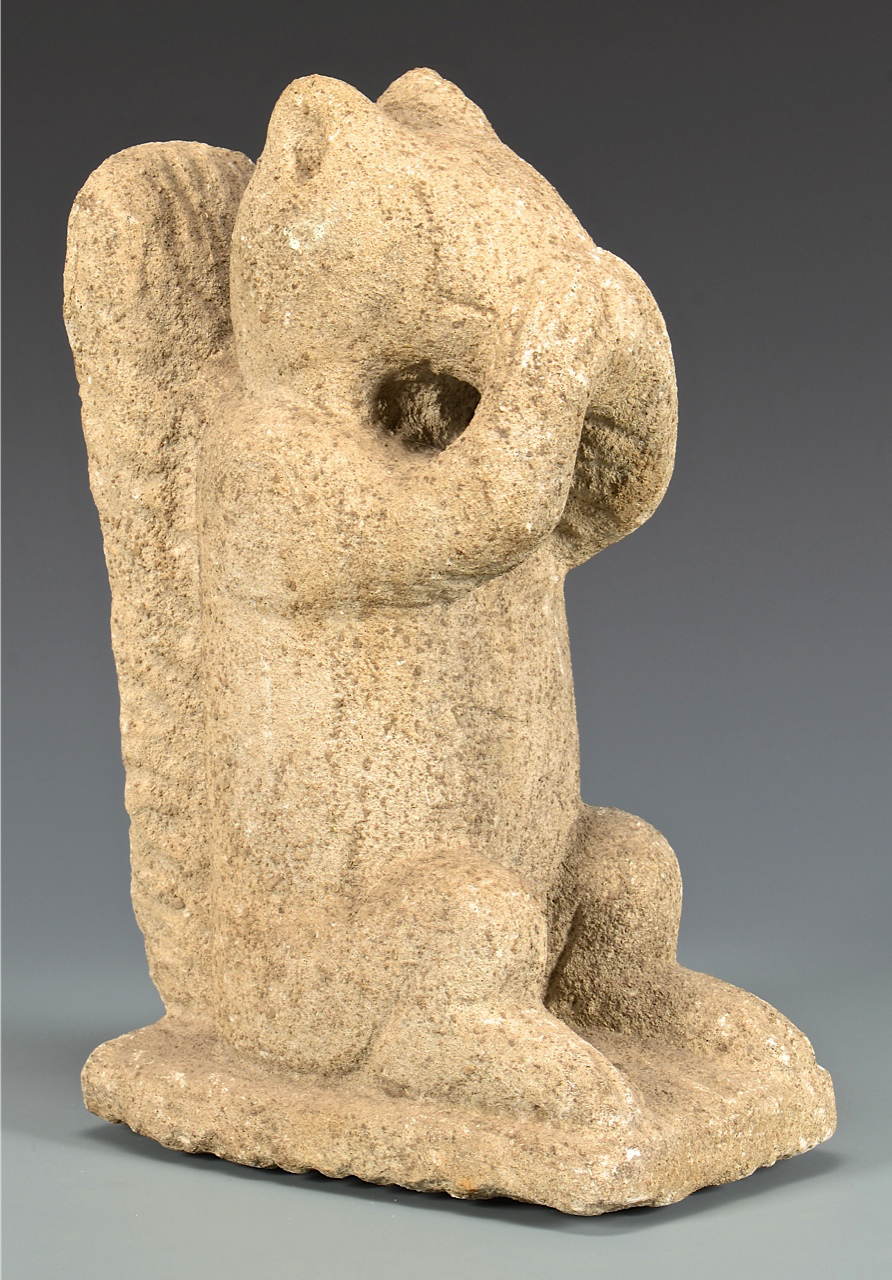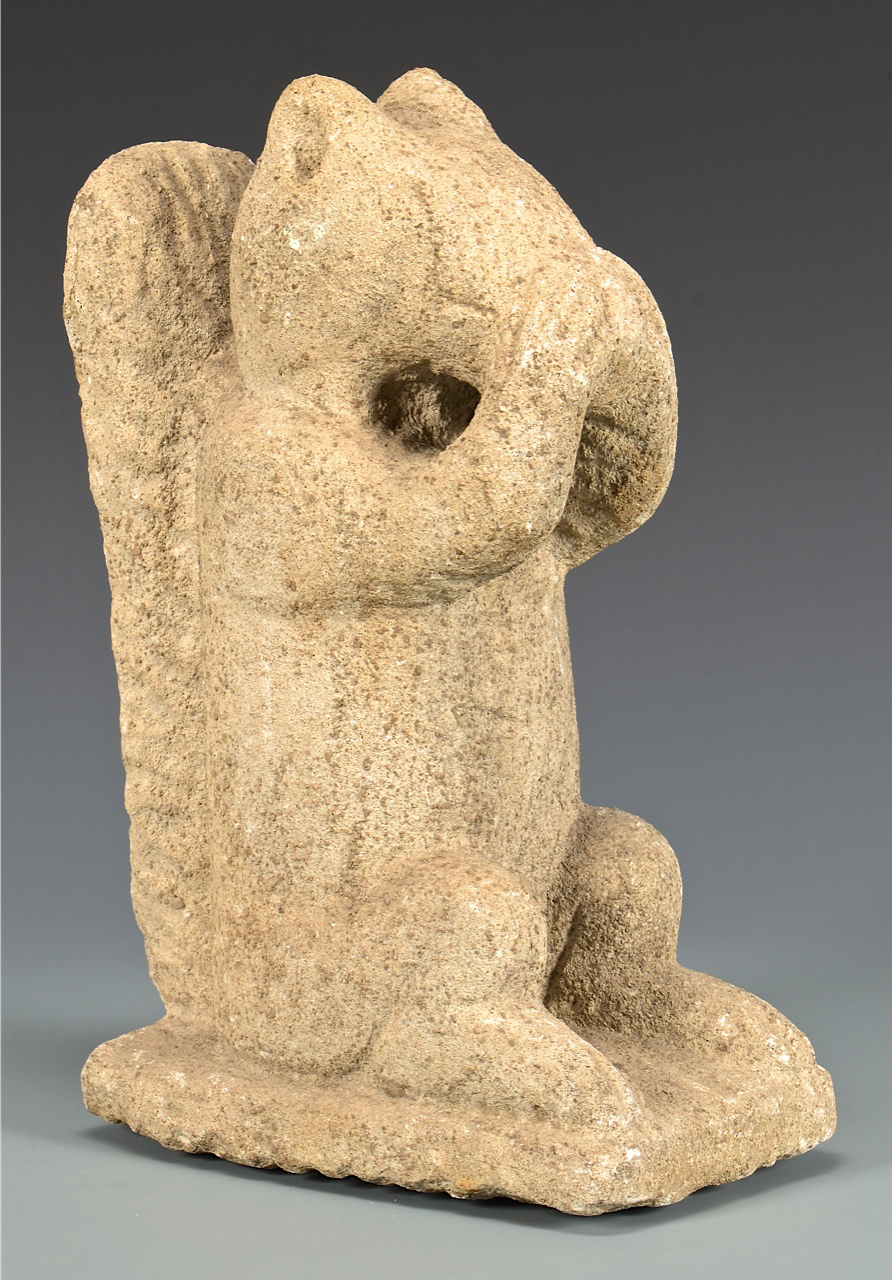MERIDIAN, Miss. – A museum-quality rosewood rococo étagère with a bonnet top, made by renowned 19th century American furniture maker Thomas Brooks, sold for $63,250 to take top honors at Stevens Auction Co.’s April 18 auction. LiveAuctioneers.com provided Internet live bidding.
The étagère, standing 9 feet 2 inches tall, was made prior to the Civil War, circa 1855. It was a rare model for Brooks, which undoubtedly drove up the price.
Another top lot was a magnificent, heavily carved mahogany Chippendale-style grandfather clock with nine tubes and Elliott works of London. Made circa 1890 and standing 8 feet 2 inches tall, the clock sold for $12,650.
Approximately 150 people braved the threat of rain to attend the auction in person. Another 275 bid online, via LiveAuctioneers.com. Around 100 people submitted phone bids, while about 50 left (or absentee) bids were recorded.
“It was a solid auction from start to finish, with the good news being that people are still buying high-end Victorian pieces, a category that’s been a little bit soft in recent years,” said Dwight Stevens of Stevens Auction Co. “If the pieces in the auction were only so-so, that might not have been the case, but the furniture was top-quality and the prices realized were high, too.”
Switching to decorative accessories, a stunning matched pair of bronze and iron blackamoors, both 70 inches tall, sold as one lot for $5,175.
A matched pair of Old Paris vases (below), decorated with gold enamel paint and depicting Arabian royalty on the front, both 11 inches high, went for $1,840.
Bidding on a large Victorian silver-over-copper epergne with interchangeable bowls and candleholders, circa 1890, reached $2,990.
For details contact Stevens Auction Co. by phone at 662-369-2200 or via email at stevensauction@bellsouth.net.
Click here to view the fully illustrated catalog for this sale, complete with prices realized.


